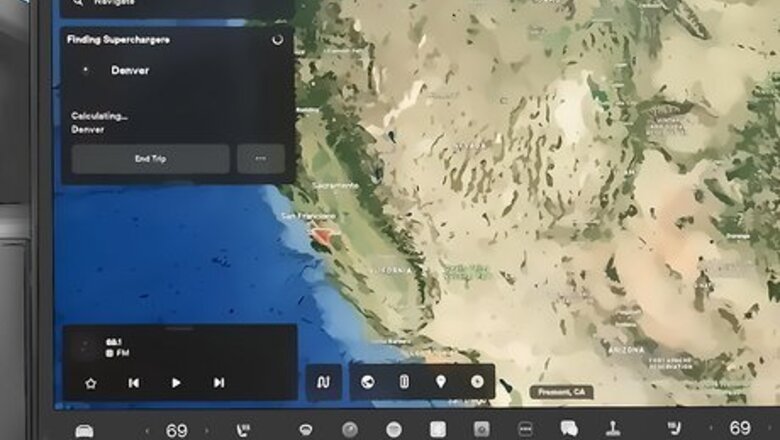
views
- Simply plug a Tesla Supercharger into your charging port and it’ll automatically recharge the battery.
- Tesla will automatically bill the credit card they have on file for you when you use a supercharger.
- Expect to spend $20-25 to recharge your battery. Most charging sessions will be complete in less than 20 minutes.
Using a Tesla Supercharger

Use your vehicle’s console or the interactive map to find a charger. There are third-party EV chargers out there, but none of them will be as efficient as the official Tesla Superchargers. In the navigation or control screen, select the lightning bolt button to pull up the nearest Superchargers. Once you have a Supercharger located, drive there and park in one of the designated spots. Most Superchargers are located in public parking lots and are available 24/7. The stations on the maps are marked by lightning bolts. The number of lightning bolts determines how fast the Supercharger is, with 1 lightning bolt being the slowest and 4 lightning bolts being the fastest.

Plug the charging cable into the charging port. On most Tesla models, the charging port is hidden near the driver’s side taillight. Open the port by pressing the “Charge Port” button under the Controls screen. If you have a key fob, hold the rear trunk button for a few seconds to pop the port cover open. You can also open the charging port using your voice commands if you have paid for the voice controls.

Wait for your vehicle to finish charging. You can monitor your charging progress on your vehicle’s dashboard or via the Tesla app. So long as your vehicle is plugged in, it’ll automatically charge! Easy-peasy. Your car will even automatically shift into park if you happened to be in any other gear. The color of the port light also tells you your charging status. Here are the indicators: Blue: Charger is connected but not actively charging the battery. Blinking blue: Your vehicle is configuring the charger. Blinking green: Charging is in progress. Solid green: Charging is complete. Yellow: The charger isn’t fully plugged into the port or the prongs aren’t aligned.
What is a Tesla Supercharger?
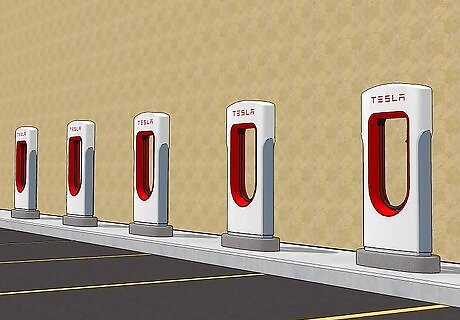
Superchargers are remote charging stations for Tesla vehicles. Superchargers are basically the “gas stations” for your EV—they’re charging stations that are open to the public and designed to recharge your battery when you’re running low on juice. They’ll charge your vehicle’s battery a lot faster than your at-home charger. In no more than 15 minutes, your battery will recharge to get you another 200 miles (320 km). It shouldn’t take more than 30 minutes or so to fully recharge. Your Tesla will automatically direct you to the nearest supercharger if you need to charge the battery. You can also pull up the nearest supercharger by hitting the lightning bolt button on your dash.
How much does using a Tesla Supercharger cost?
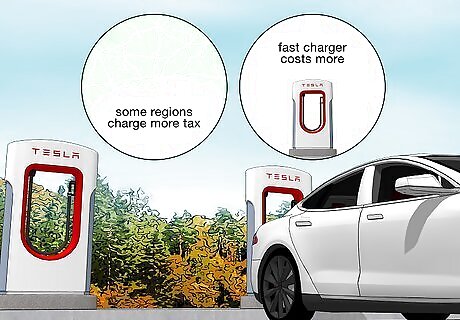
The cost differs based on where you’re charging and how fast it is. Some Superchargers will charge you per minute, while others will charge you per kW. As a rule of thumb, you can generally expect to spend around $20-25 for 200–250 miles (320–400 km). This will fluctuate based on regional taxes and the current cost of electricity. It also costs less if you’re only using a slower charger (1 lightning bolt) and more if you’re using one of the faster chargers (4 lightning bolts). From cheapest to most expensive: Tier 1: Below 60 kW Tier 2: Between 60-100 kW Tier 3: Between 100-180 kW Tier 4: Over 180 kW
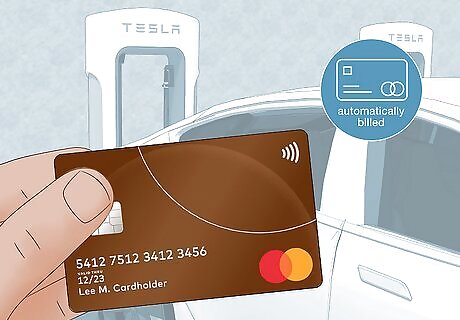
Tesla will automatically bill the credit card on file. Unlike your home charger, which you pay for via the electricity bill you get from your utility company, you pay for Superchargers via the credit or debit card you have on file with Tesla. If you are unsure which card you have on file, log into your Tesla account on the app, in your car, or online. You cannot use a Tesla Supercharger without a credit card on file with Tesla. There used to be a “free credit” system where you could use the charger if you were in a tight spot and pay for it later, but Tesla has since scrapped this program.
Can you use a Tesla Supercharger if you don’t drive a Tesla?

Yes, although you do need to download the Tesla app and make an account. Many Ford, Volvo, and Volkswagen models are compatible with Tesla’s charging ports. You can totally use Tesla’s Superchargers to charge your battery if you don’t have a Tesla, but you do need to download Tesla’s app, enroll, and attach a credit card to the account. The Tesla app is available on the App Store for Android and the Apple Store for iOS.
What are Tesla Supercharger idle fees?

Idle fees are charged if you park in a Supercharger spot for too long. If you leave your car parked in a Supercharger parking space when your battery is over 50% charged and you are no longer using the Supercharger, Tesla will charge you an idle fee. If every single Supercharger spot is occupied, that fee doubles. In most countries, expect to pay around $0.50 per minute. You will not get an idle fee so long as you’re actively charging your car. The idea here is that you can’t just plug the vehicle in and then go grab lunch for a few hours without moving your car.













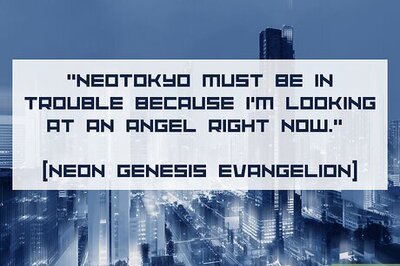



Comments
0 comment